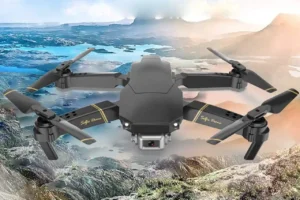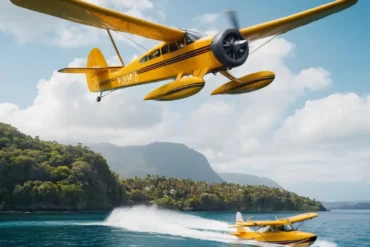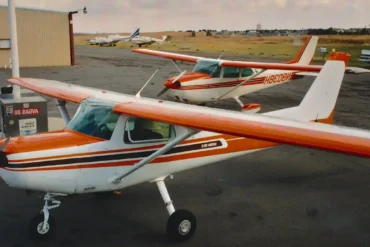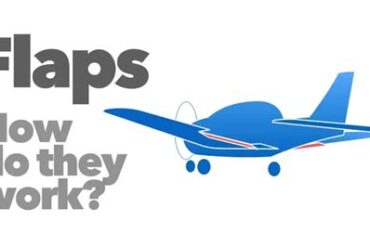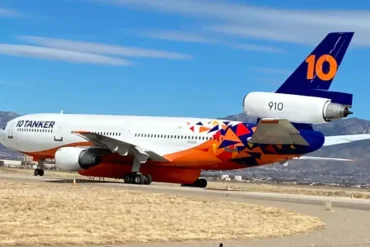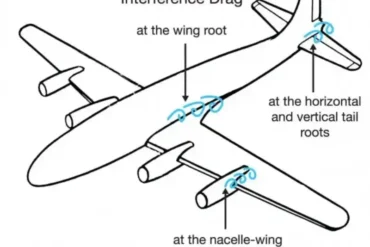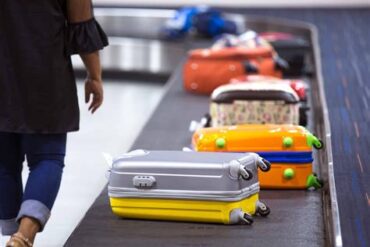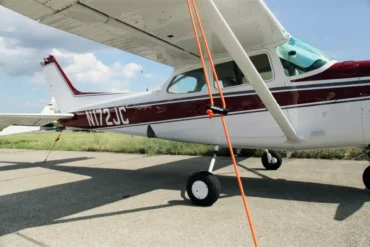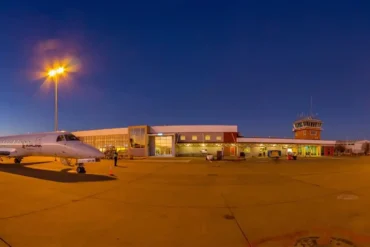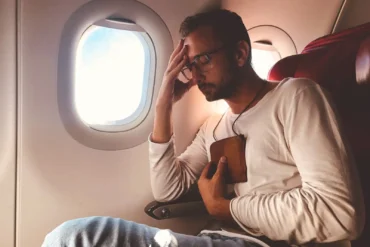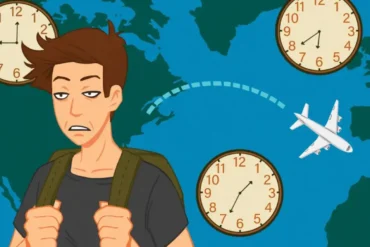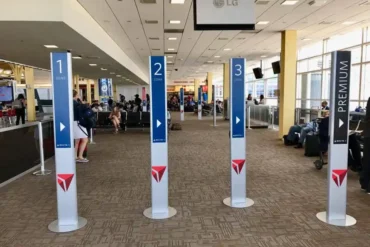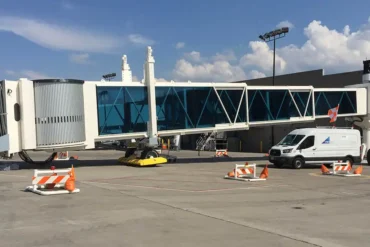Aerial photography is becoming increasingly popular, offering us unique perspectives that were once only accessible to those with deep pockets for helicopter rentals. Isn’t that exciting? Now, with just a consumer-level DSLR, you can capture stunning 12MP RAW photos and 4K footage from up to 1km away using a drone or quadcopter.
But hold on a minute, these quadcopters aren’t just toys – they need to be handled responsibly. You’re essentially controlling a mass of over 1kg with rapidly rotating blades, which could pose risks if not managed properly. No worries though, we’ve got your back!
Today, we’ll explore how to conduct aerial photography and videography safely and creatively, so you can soar high and capture breathtaking shots!
1. Prioritize Safety – Understanding Drone Speed and Velocity
Before you dive into the world of aerial photography, it’s crucial to master flying your quadcopter. Familiarize yourself with its controls and nuances, and develop a good spatial awareness. This will reduce the risk of collisions or accidents when you’re busy capturing that perfect footage.
2. Familiarize Yourself with Flight Regulations
Now, let’s talk about the rules and regulations governing drone flights in your area. Your local aviation authorities have provided guidelines and listed no-fly zones (NFZs). Industry leaders like DJI often restrict flying in restricted areas, but it’s super important to know and abide by any restrictions specific to your location.
Pro Tips!
- Avoid flying above 120m. Safety first, folks!
- Steer clear of congested areas and buildings. You don’t want to cause any disturbances or accidents.
- Always maintain visual contact with your quadcopter. Don’t let it out of your sight!
3. Mastering Aerial Photography Techniques
Most advanced prosumer level quadcopters feature decent cameras, similar to those on compact devices. They can capture both Jpeg and RAW formats, giving you control over shutter speed and ISO, as well as HDR and exposure bracketing modes. However, these cameras typically lack aperture control due to fixed aperture lenses, which may pose challenges for video recording requiring low shutter speeds. No need to worry though, ND filters can help mitigate this issue.

4. Composition Matters
Speaking of composition, it remains paramount when shooting from a quadcopter. The familiar principles of composition apply, and utilizing the live view from the quadcopter’s camera feed on your smartphone or tablet will help you frame the shot effectively. Many drone apps even offer the option to overlay a “thirds” grid onto the scene, making it easier to adhere to compositional guidelines.
5. Embrace a New Perspective
A common mistake among new drone photographers is simply ascending to the maximum altitude and capturing images from there. While this approach may seem exhilarating at first, the resulting shots often lack cohesive elements. Instead, we encourage you to explore different altitudes and perspectives, using natural or man-made features as framing elements. Remember, the compositional rules applicable to ground-level photography apply equally to aerial photography.
When shooting from high altitudes, the rule of thirds becomes particularly relevant. Most prosumer level drones allow you to tilt the camera, enhancing your compositional flexibility. For aerial shots from higher altitudes, positioning the horizon on the lower or upper third of the frame generally yields aesthetically pleasing results.
Pro Tip!
One crucial aspect that significantly enhances aerial photography from higher altitudes is favorable lighting conditions. Drone images captured in bright daylight often appear lackluster and uninspiring. However, shooting during the golden hours—dawn and dusk—imbues your aerial shots with a warm, golden hue and creates captivating, elongated shadows across the landscape, elevating their visual appeal to a magical level.
6. Exploit Your Camera’s Angles
An often underestimated technique when utilizing a quadcopter for photography is directing the camera straight downward. Positioning the camera perpendicular to the ground unveils a plethora of captivating abstract views that are inaccessible with conventional cameras. Pairing this angle with the elongated shadows cast during the golden hours opens up vast opportunities for crafting beautiful and imaginative compositions.
7. Venturing Into the Night
Night photography is a viable option with quadcopters equipped for aerial photography. Drones like the DJI Phantom series feature front and back strobes to maintain visibility at night. In low-light conditions, disabling the front strobes prevents light interference with the camera. As drones may experience slight movements even when stationary, mastering appropriate shutter speeds is crucial for achieving sharp images, likely requiring an increase in ISO settings.
Due to the relatively small sensors of drones, noise is a common issue in low-light photography. However, by meticulously balancing shutter speed and ISO settings, you can produce satisfactory results. Although drone sensors may not rival those of high-end DSLR or mirrorless cameras, the unparalleled vantage points they offer compensate for any technical limitations, providing unique perspectives unattainable through conventional means.
Key Takeaways for Aerial Photography with Your Quadcopter!
- Prioritize research on drone regulations and flight restrictions to ensure a smooth and legal flying experience.
- Apply fundamental principles of composition to your aerial shots, maintaining visual balance and interest.
- Embrace the diverse range of perspectives afforded by aerial photography, unleashing your creativity and capturing breathtaking scenes from above.
